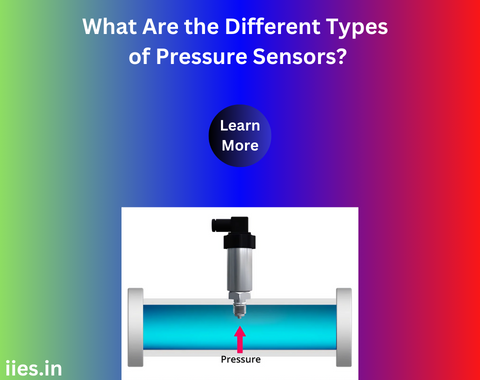1. Automotive Industry:
Pressure sensors play a crucial role in modern vehicles, monitoring tire pressure, airbag systems, and engine performance. These sensors contribute to safety, efficiency, and overall vehicle performance.
2. Industrial Automation:
In industrial settings, pressure sensors are employed to monitor and control various processes. From monitoring fluid levels in tanks to regulating hydraulic systems, these sensors enhance efficiency and safety in manufacturing environments.
3. Medical Devices:
Pressure sensors are integral to medical devices such as blood pressure monitors, respirators, and infusion pumps. They enable precise and real-time monitoring, ensuring accurate healthcare diagnostics and treatment.
4. Consumer Electronics:
Smartphones, tablets, and wearables utilize pressure sensors for functions like touch input and altitude measurements. These sensors enhance user experience and enable innovative features in electronic devices.
5. Environmental Monitoring:
Pressure sensors are used in weather stations to measure atmospheric pressure, aiding in weather forecasting and research. Additionally, these sensors play a role in environmental monitoring systems, assessing air and water pressure in various ecosystems.
6. Aerospace and Aviation:
In aviation, pressure sensors are critical for altitude measurements, airspeed indicators, and cabin pressure control. They contribute to the safety and performance of aircraft, ensuring accurate navigation and passenger comfort.

